10 things you need to know about Arctic sea ice
The Planet's White Cap
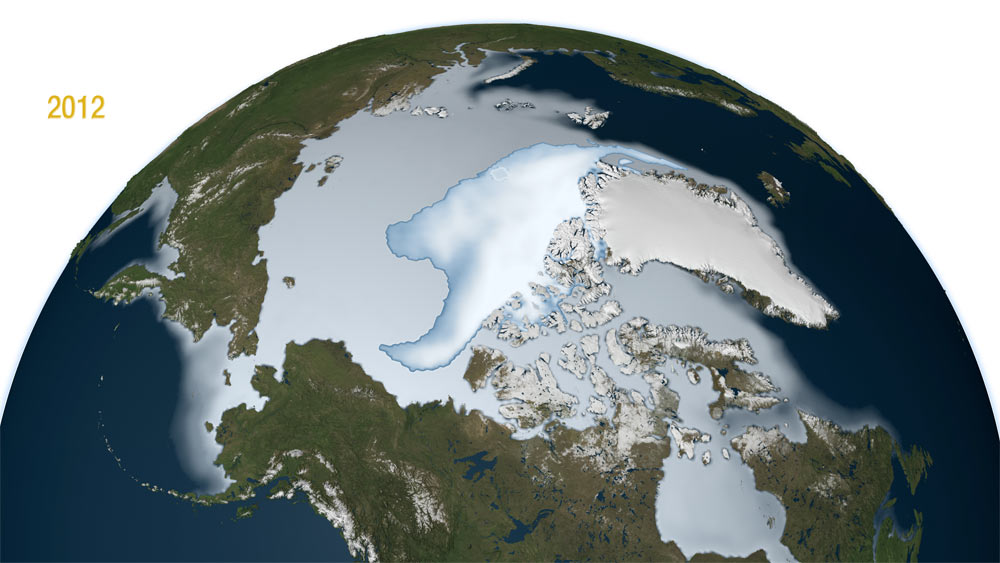
Much of the Arctic is covered by ocean, which, in turn, is covered by a layer of ice for much of the year. The extent of the ice grows and recedes with the seasons. But in recent years this cycle has shifted as melt has increased and the sea ice has crept back to unprecedented lows. Find out what’s going on and why it matters.
What is it?
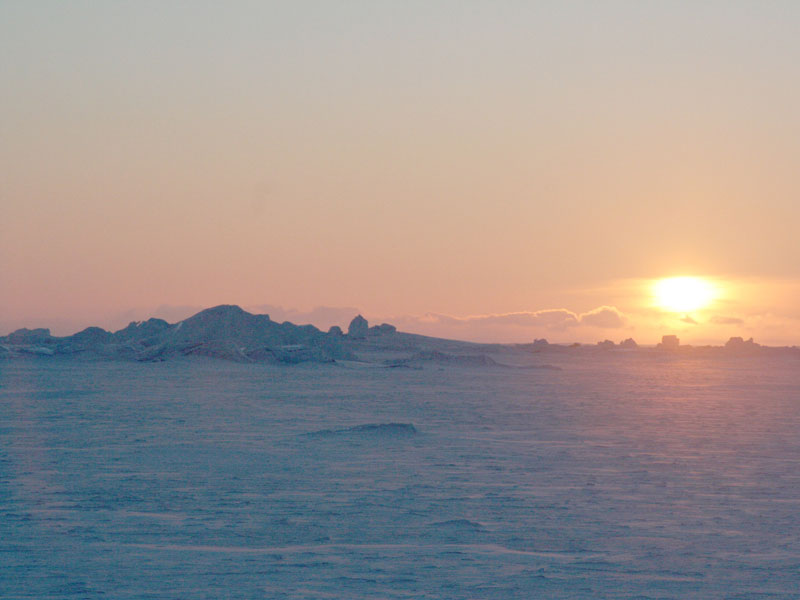
Sea ice forms and floats in Arctic and Antarctic waters. By contrast, icebergs, glaciers and ice shelves all originate on land.
An Annual Cycle
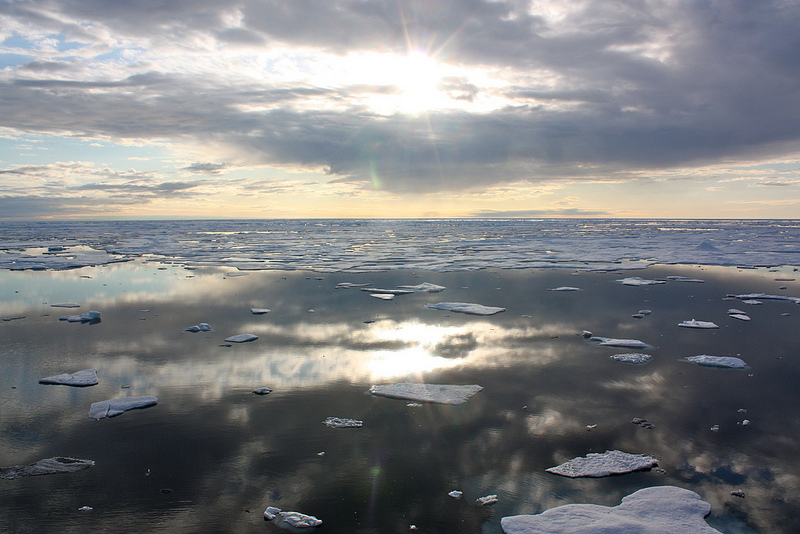
In the Arctic, sea ice grows during the winter, usually reaching its greatest extent in March. Then it begins melting. The melt usually lasts into mid-September, when the sea ice reaches its lowest extent. Then, it begins to reform.
What Is Happening to It?
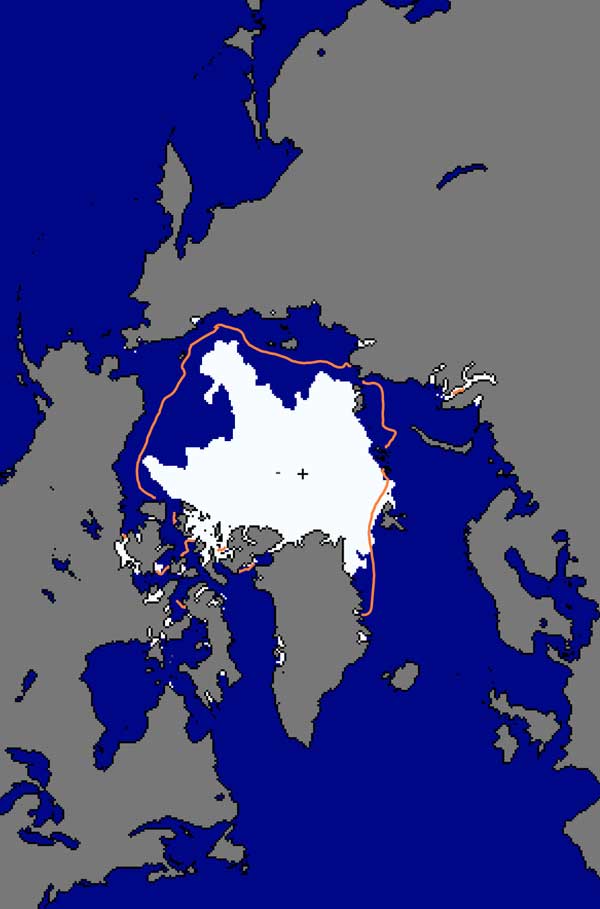
In recent years, the Arctic sea ice extent has been melting. Satellite records for Arctic sea ice extent go back into the late 1970s, but recent years have brought unprecedented lows. Above, the minimum sea ice extent on Sept. 10, 2010. The orange line indicates the median extent for that same day from 1979 to 2000. The black cross marks the geographic North Pole.
What is Causing the Melt?
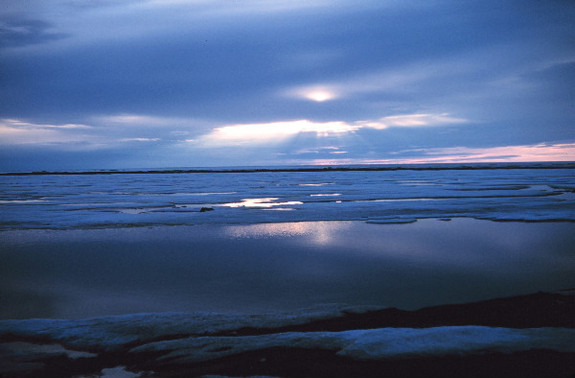
Scientists attributed the increased loss of sea ice in recent years to a combination of natural fluctuations and to human-caused climate change, which is warming the planet. Natural events can influence the rate at which the melt occurs. For instance, a storm in early August 2012 may have caused the rate of sea ice retreat to spike.
How Is Sea Ice Measured?

The U.S. National Snow and Ice Data Center determines sea ice extent by looking at the proportion of Arctic water covered 15 percent or more by ice.
Who Needs It?
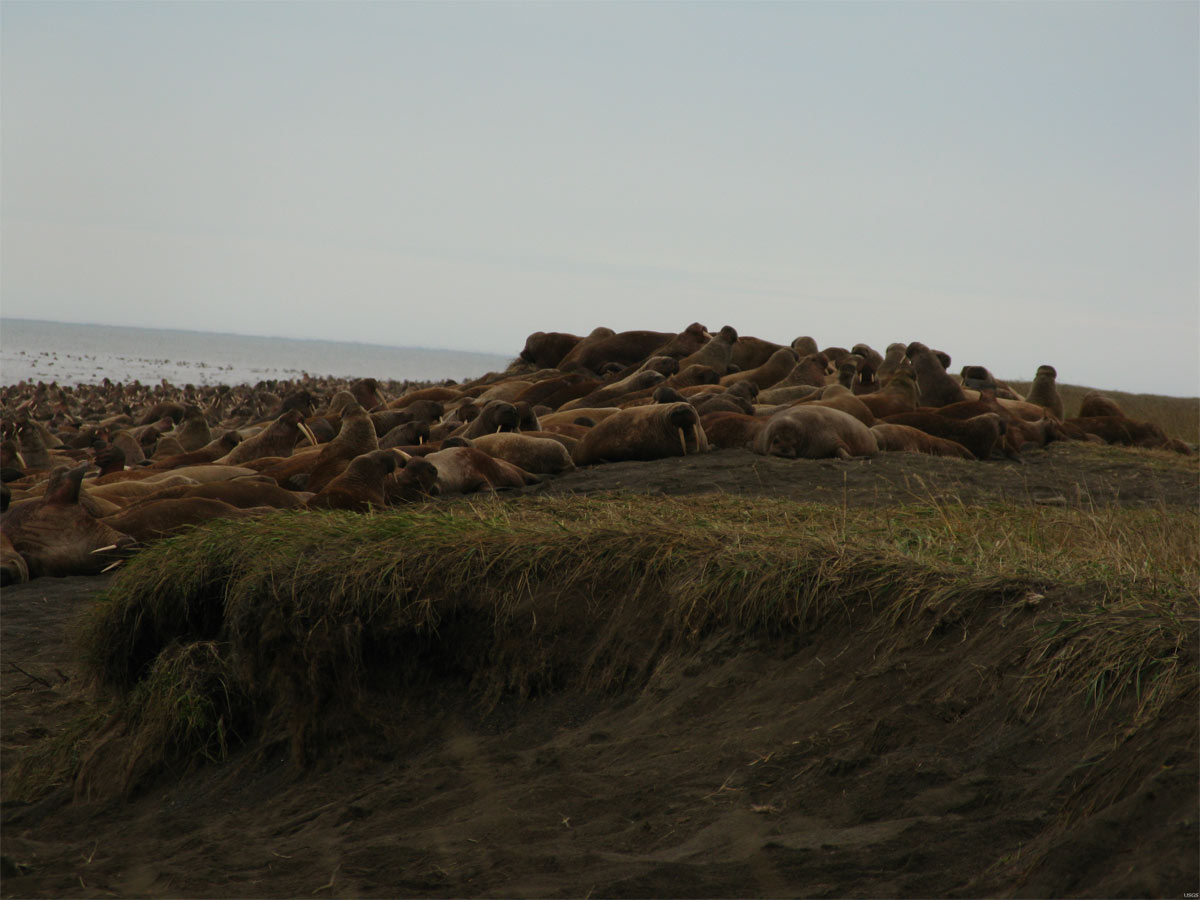
Arctic sea ice provides important habitat for walruses and polar bears. Recent declines in sea ice are creating problems for these animals. For instance, when the summer melt pushes sea ice unusually far from land over deep waters, walruses swarm onto beaches. Under normal conditions, the animals forage in shallower waters from the ice.
Get the world’s most fascinating discoveries delivered straight to your inbox.
Bad for Bears

Sea ice provides important habitat for polar bears, and the loss of summer sea ice in recent years forces the bears to make long swims, which researchers worry could drown cubs.
Part of the Earth's Energy Budget

Because of sea ice is white, it reflects 80 percent of the sunlight that strikes it back out into space. When sea ice melts, the dark ocean below it absorbs 90 percent of the energy. As a result, the oceans warm up, according to the U.S. National Snow and Ice Data Center. This is why scientists believe the loss of sea ice will aggravate global warming; more open water will absorb more energy absorbed into the natural system.
A Fabled Passage
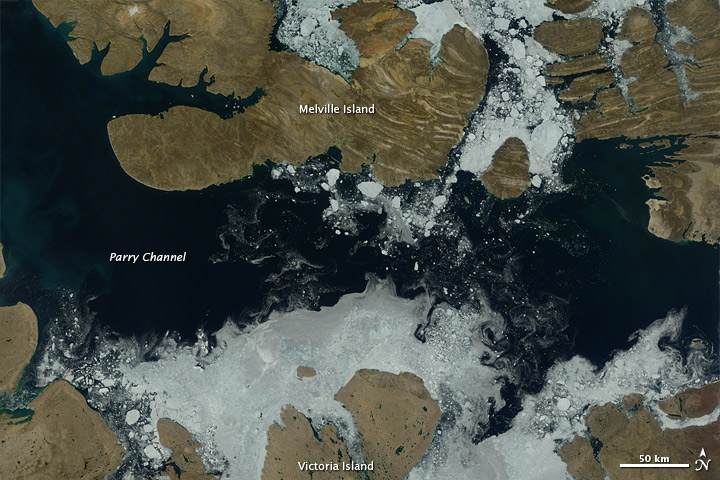
Unusual large ice melt in recent years made the fabled Northwest Passage, which links the Atlantic and Pacific Oceans, a reality for Arctic waters. This image, taken on Aug. 3, 2012, shows that most of the ice in the Parry Channel, part of the Northwest Passage, has melted away. The passage first opened in 2007.
How about Antarctic Sea Ice?
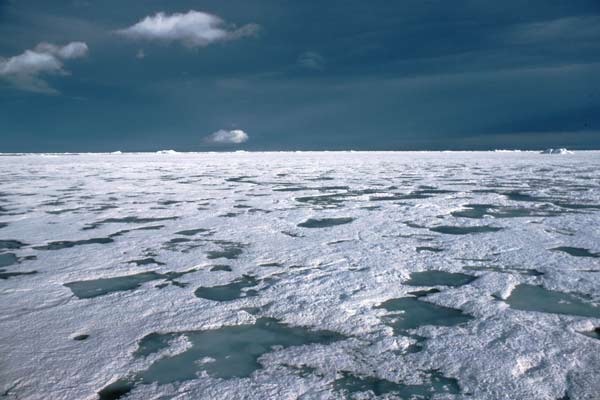
Antarctic and Arctic sea ice are quite different. While Arctic sea ice forms over the ocean, Antarctic sea ice forms around a continent. Sea around much, but not all, of Antarctica has actually increased a small amount recently. Scientists believe the Arctic sea ice is more sensitive to the larger climate system than Antarctic ice, according to the National Snow and Ice Data Center. Above, Antarctic sea ice.



